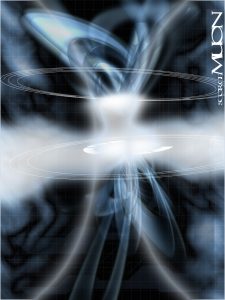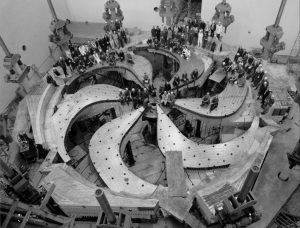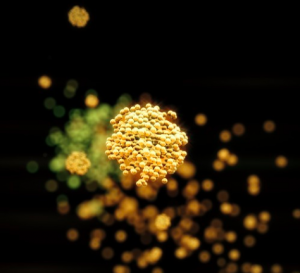A study led by the University of British Columbia reveals the potential of applying short-lived radioactive species in ordinary chemical reactions.
Stable isotopes–––atoms of lifetime longer than the age of the universe (t1/2> ~10^20 years)–––predominate the every-day chemistry labs. Introducing radioactive isotopes in chemical reactions can greatly improve the diversity of available reaction mechanisms. But most of these isotopes have an extremely short lifetime, decaying into the void before any reaction will occur.
The team led by Fleming and Macfarlane successfully introduced a highly unstable hydrogen isotope, muonium, in reactions with gold nanoparticles (AuNPs) and benzene molecules. Theoretical calculations on relevant reaction rates and quantum mechanical variables are now realized in real-life experiments.
In this study, short-lived muonium nuclides were produced from a particle accelerator at TRIUMF. It had a mean lifetime of only 2.2 microseconds, and possess only one-tenth the mass of stable hydrogen.
The first reaction took place inside a cell that contained porous silica-coated AuNPs. Here, Bz vapor of known pressure monitors the study of reaction rate. Interestingly, upon introducing the Bz vapor into the reaction cell, the pressure decreased dramatically to near-zero, and its constant changes were good indications of changes in the reaction rate.
The muonium is then reacted with benzene, creating a muonated benzene radical. Radicals are highly reactive species with one unpaired electron, and they are synthesized in organic labs in limited ways. The radioisotope may build onto current techniques in creating a radical.
The researchers also analyzed the catalyzing effect of AuNPs on the muonium benzene reaction. The results show considerable weaker binding energy of benzene on AuNPs than on bulk gold metal surfaces, which indicates that the presence of AuNPs increased the reaction rate.
In Chemistry, AuNPs are great heterogeneous catalysts––––reaction accelerators that differ in phase from the reactants. These solid catalysts all together account for 90% of the catalysts used worldwide. The successful catalysis in muonium reactivity demonstrates the possible use of heterogeneous catalysts in radioisotopic reactions that await to be explored.
Besides, the reaction of AuNPs with radioisotopes would inspire more detailed studies into their biomedical benefits as cancer detectors and drug deliverers.
This avant-garde reaction will inspire the development of chemical reactions into the unstable nuclides, where new reaction pathways lie.




